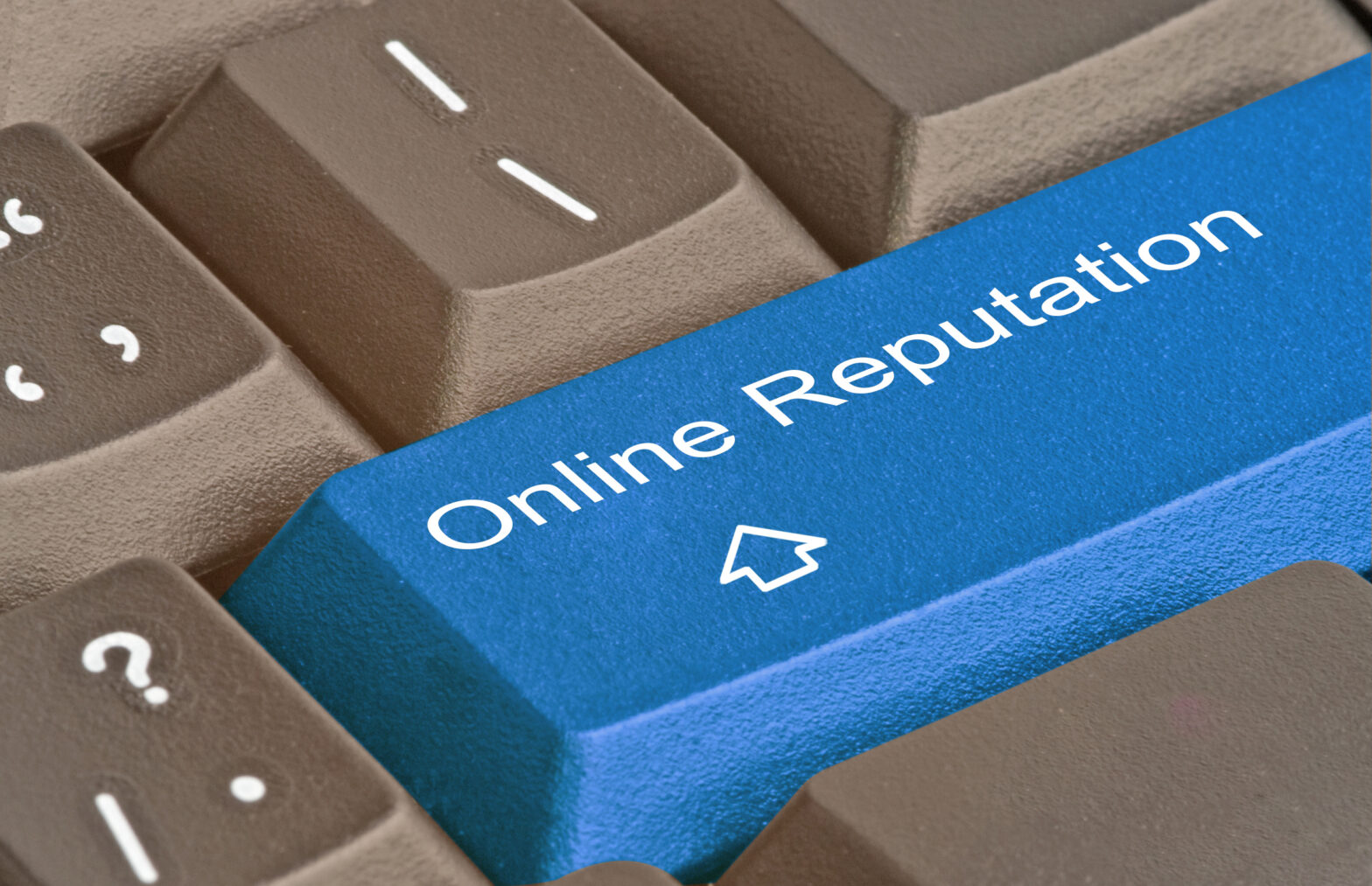As the saying in business goes, ‘your reputation can truly make or break your company’. Most small businesses understand the important role reputation plays in building brand loyalty and driving interest for their products and services. Customers consider reputation when doing business, and when that happens, organisations want to ensure they’re putting their best foot forward both offline and online.
Building business reputation can take years, but what most business owners neglect is that a single negative event can ruin all of that effort. As a result, it is important to take measures to protect your brand’s reputation, especially online. Below are four measures you can take to protect your brand image on the web.
Listen and monitor online conversations
Listening to what others are saying about your business online is a great way to protect your reputation. This would include clients, competitors, and other similar brands. The background research will help you determine what to share and how to respond to criticism if there’s any.
There are several ways to monitor online conversations. For social media, you can use tools like HootSuite, while Google Alerts can be used to monitor traditional media coverage and websites. After you’ve discovered conversations directly related to your business, you can join them and keep checking back on old conversations, depending on what works best.
Safeguard your small business website
A report by the Financial Times last year revealed that Britain suffered more sophisticated cyber attacks than any other state in Europe and the Middle East. Hackers conducted APT and other sophisticated attacks involving precision or complex malware, which require a high level of human control. Cyber attacks were even classified as “tier one” risk to the national economy and businesses operating in the UK.
Virtualisation protection software with intrusion detection/prevention, log inspection, host-based firewall, and integrity monitoring can significantly improve the security of your website. You also get deployment flexibility with the selection of service offerings, as well as multi-tenant capabilities for service operations. As a result, you can reduce complexity and cost with a single platform for security policies and control.
Take ownership of your name
Another important step to take is to take the ownership of your business profiles on social media and review sites. These sites would include names such as YouTube, Google+, LinkedIn Pinterest and Yelp. After you take ownership, you would enter company information and brand images, as well as link back to your business website.
Some channels are more important than others depending on the nature of the business. For example, B2B businesses may find their client base isn’t engaged on social media, so they should direct their efforts towards other online properties. However, they should take ownership regardless to prevent identity theft and business name hijacking.
Implement authorship where possible
Authorship can give you a significant advantage when used properly. This is primary for protecting business reputation where the owner is closely associated with the identity of the business. Author tags can be claimed via Google authorship as well as individual profiles.
Claiming authorship will ensure no one else uses your name in blog posts and social media accounts. And if someone has been doing that already, tell them that the name belongs to you politely.





